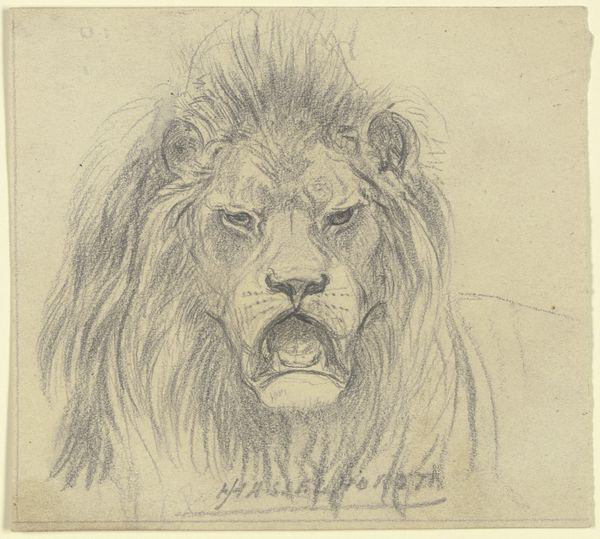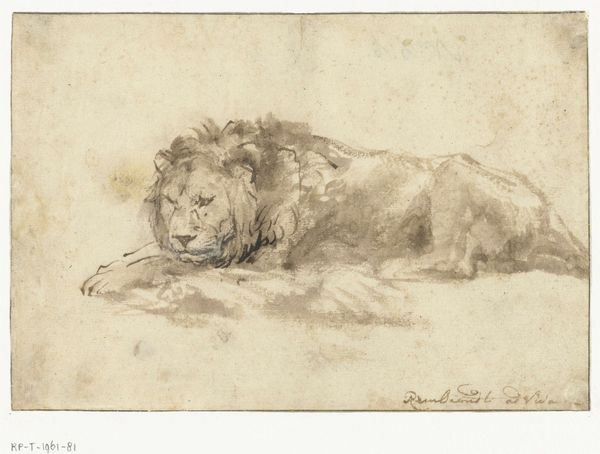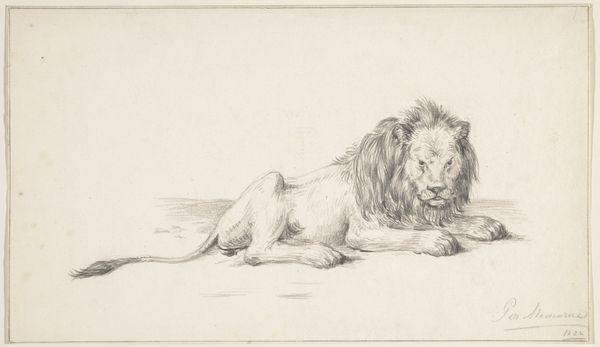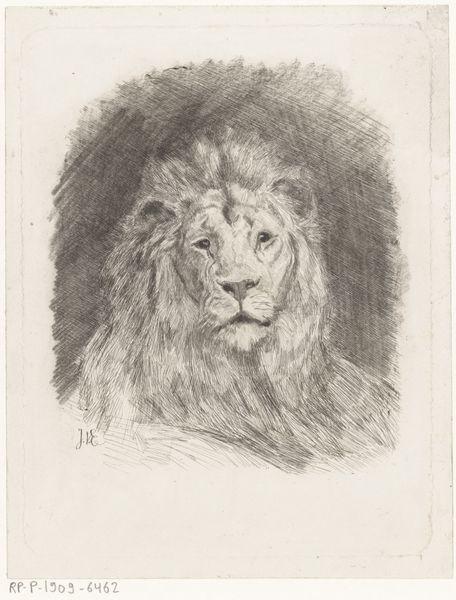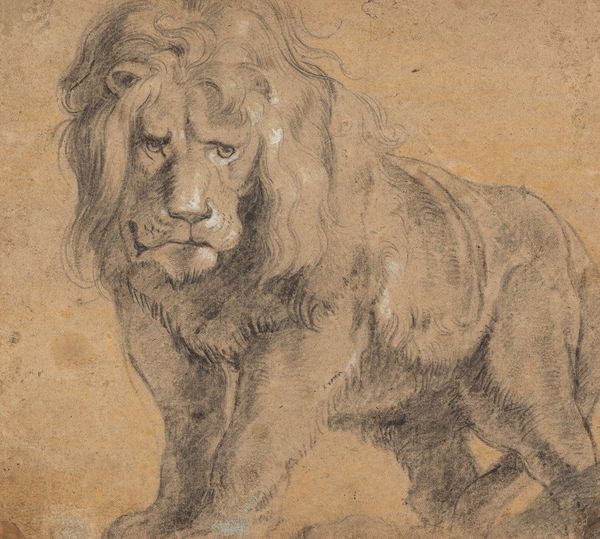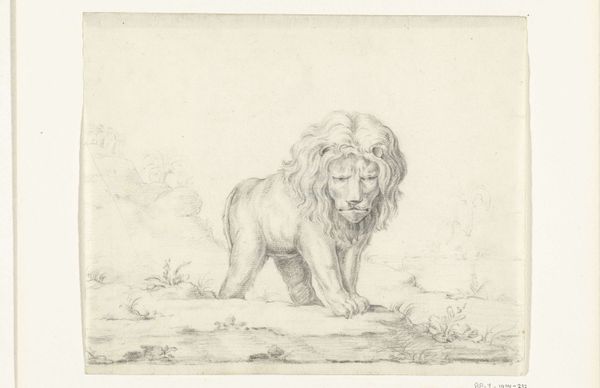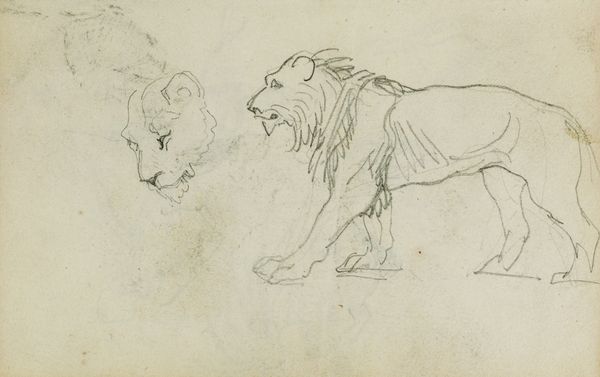
drawing, paper, dry-media
#
drawing
#
figuration
#
paper
#
dry-media
#
classicism
#
15_18th-century
#
realism
Copyright: Public Domain
Editor: Oh, look at this lion! He seems to be having a proper nap. All relaxed, yet there’s something kingly still about him. Curator: Indeed! This drawing, created with dry media on paper, is titled "Ein liegender Löwe nach rechts," or "A Reclining Lion, Facing Right." The piece is housed here at the Städel Museum. While we lack precise dating, its stylistic features suggest it was crafted by Nicolas Guibal during the eighteenth century. Editor: Eighteenth century? I'd have guessed earlier, maybe. The use of, what, sanguine chalk? Feels older, somehow, recalling Renaissance studies. Gives a warm, almost nostalgic feel. But his expression… there’s a melancholy in that gaze, don't you think? Not quite the roaring monarch. Curator: Precisely. Though categorized within classicism and realism, these styles do not preclude subtle commentaries on power, particularly when analyzing depictions of historically symbolic figures such as the lion. What narratives are constructed? And by whom? Representations frequently uphold, and sometimes subtly critique, structures of domination. This artist portrays the lion with an element of vulnerability. Editor: I like that, this subversion of the majestic icon. I get a sense that Guibal saw him as a real creature, worn out maybe. A meditation on the burden of expectations. Curator: These depictions contribute to our comprehension of the relationship between humans, animals, and symbolic representation. This realistic drawing of the animal could also indicate something about European exploration, encounters with nature, documentation and classification as methods of controlling and dominating foreign species and cultures. Editor: Ah, that’s an interesting approach. Curator: Indeed. It compels us to confront our presumptions regarding wildness, authority, and our interactions with the ecological sphere. Editor: That shifts my perspective completely! It’s like a palimpsest, all these layers of meaning. Initially, a relaxed cat, now a cipher of larger social anxieties. Curator: Artworks like this are essential for interpreting the multilayered ideologies ingrained within our cultures, and in representing those power structures through symbols such as the lion. Editor: So, next time I feel like a long nap, maybe I should imagine myself a lion: weighty with significance, beautifully rendered, but longing for a bit of peace.



